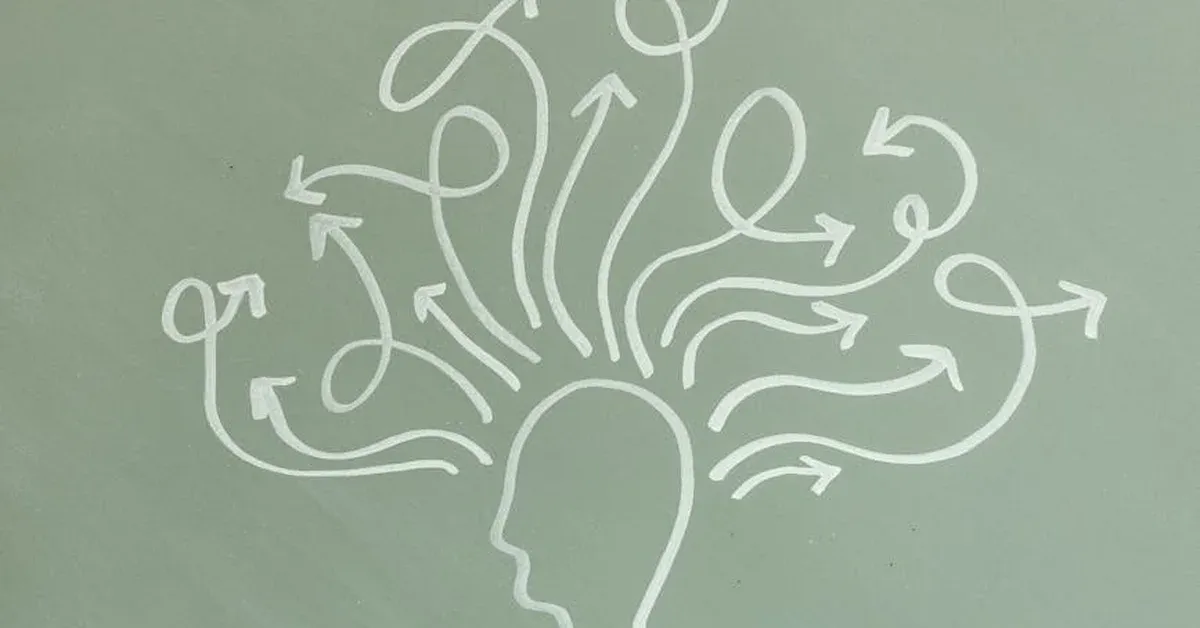
For too long, people with ADHD have been told their brains need fixing. The typical approach focuses on making square-peg brains fit into round-hole systems. But what if we flipped this completely? A growing number of people with ADHD are ditching the “fix me” mindset. Instead, they’re building ADHD life design that works with their brains, not against them. This isn’t about coping or managing symptoms. It’s about creating environments where neurodivergent minds can thrive and achieve genuine mental wellness.
Your Brain Isn’t Broken, Your Systems Are
The old way of thinking about ADHD focused on deficits. Take medication. Go to therapy. Learn to act more neurotypical. This approach leaves many people living with ADHD feeling like failures. They constantly fight against their natural tendencies instead of working with them.
Here’s the truth: most ADHD symptoms aren’t personal flaws. They’re signs of a mismatch between how your ADHD brain works and how society expects you to function. Your brain isn’t broken. It just needs different systems to work and live effectively.
Take “rest resistance” as an example. Many people with ADHD feel guilty about resting or simply can’t relax in typical ways. Instead of trying to force themselves to rest like everyone else, they’re finding what actually works. Maybe that’s active rest or recharging through hyperfocus activities. This shift helps create personal organization for ADHD that celebrates strengths instead of fighting weaknesses. You build systems in place that actually works instead of constantly adapting to systems that don’t fit.
Design Your Space for Your Brain
Think about building a custom computer versus trying to make a generic one work for your specific needs. That’s exactly how people with ADHD are redesigning their spaces. They’re creating environments that support how their ADHD brain actually functions.
Here are some examples that work for many people with ADHD:
Use open shelves instead of closed cabinets. When things are out of sight, they’re out of mind. Put multiple trash cans in every room because walking to one location when you’re distracted or overwhelmed often doesn’t happen. Keep clean clothes in a laundry basket in your bedroom if putting them in drawers feels overwhelming.
If you want to eat more fruit, put it in a beautiful bowl on your counter where you’ll see it every time you walk by. These might seem simple, but they’re a game changer for task initiation. They make a neurodivergent lifestyle way easier by removing barriers instead of adding them.
Use Technology That Actually Helps
Instead of fighting digital distractions, many people are using technology strategically for ADHD life design. This might mean productivity apps with gamification to make boring tasks more engaging. Or smart home devices that automate routine chores, saving your executive function for more important things.
The key is choosing tools that actually work for your brain. Traditional organization systems often fail when you try to clean or manage schedules. Some people are exploring self-hosted solutions for digital organization. This gives them complete control over information, reminders, and notifications, creating systems work that support their cognitive flow and help them focus.
Time management for ADHD brains looks different too. Forget rigid, minute-by-minute scheduling. That usually backfires. Instead, learn your energy patterns. When do you hyperfocus? When do you need breaks? Many people with ADHD excel in intense bursts of productive work followed by active rest periods. This flexibility challenges the neurotypical expectation of steady, linear output. It’s a brilliant way to use your energy efficiently and complete tasks without burning out. This approach makes managing daily demands way easier and leads to a happier, more productive life.
Building Community Around Neurodiversity
This approach to living with ADHD goes beyond individual strategies. It’s a community movement that challenges a world built for neurotypical brains. Online communities share helpful neurodiversity strategies and practical tips among people who understand.
In these spaces, people discuss everything from minimalist home organization using open shelves to “body doubling” for difficult tasks. It’s proof of how powerful shared knowledge can be. These communities help people love their way of living instead of constantly fighting it.
This shift toward ADHD life design represents something bigger. It’s about embracing neurodiversity as a valuable way of experiencing the world, not a deficit to fix. It transforms daily life from constant struggle into intentional design. As we learn more about unique cognitive patterns that come with ADHD, this focus on custom solutions offers hope for how technology, psychology, and community can support human flourishing. It makes life not just manageable, but genuinely enjoyable, giving people the gift of time and peace.